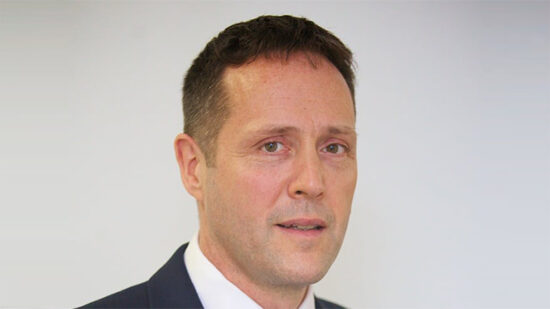In absolute terms, he says, risk assets are not cheap and, at best, are “okay value” adding that riskier assets are driven more by poor alternatives than their own fundamental value.
“Low risk assets with low returns are very expensive and require extreme events to be good value,” he continued. “Impatience in various areas of society is growing. In 2013 we will see further policy changes as policymakers generate improved growth in the West. Further changes are likely to be real-asset biased.
“If we cannot return to a respectable level of growth, pressure is on the central banks to be more friendly and help riskier assets.”
Ian Kernohan, RLAM’s economist, says that one risk for risky assets is if things turn out too well.
“If growth is stronger than forecast, we would get fixed income pricing in, for example, rate hikes when credit prefers okay growth not strong growth,” he says.
Talbut added that Mark Carney, who will start his tenure as Governor of the Bank of England on 1 July, will need to hit the ground running. Carney has committed himself to the role for five years so, Talbut suggests, he cannot afford to wait a few years before he introduces policy changes that are absolutely necessary.
These changes, according to Talbut, should include an increase to the funding-for-lending scheme; to introduce a similar scheme for small and medium-sized businesses; and bring in nominal GDP and income level targets which will be more accepting of higher inflation.
“The UK has its lowest levels of growth over a ten-year period in the past 50 years yet current policies haven’t changed. The definition of madness is doing the same thing and expecting a different outcome,” he said.
In terms of what all this means for asset classes, Talbut describes real return forecasts for equity growth is at 6% per year as “unrealistic” – something closer to 3% is more credible – and that government bonds “have had their day”.
While he does see buying opportunities, he is not adding to his equity holdings just yet as he sees better opportunities in the next few months. Across the piece, any increase in exposure will be to corporate cash flows not government debt.







